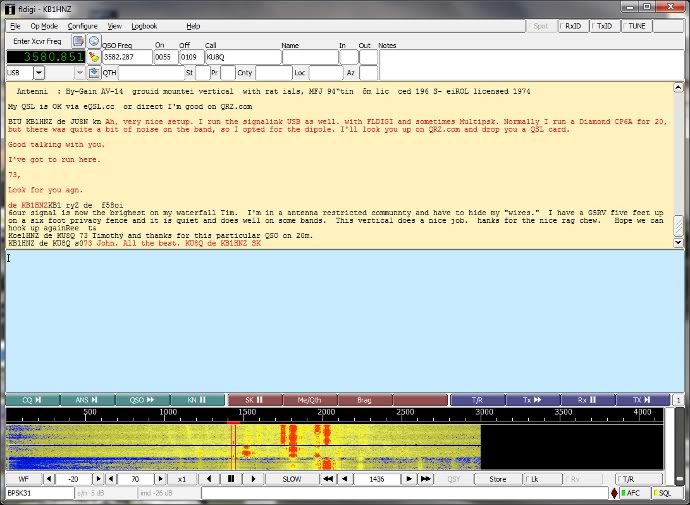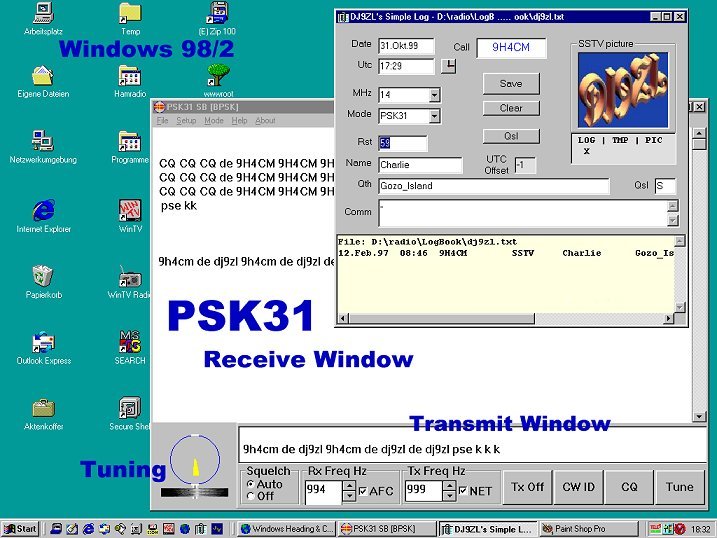
A Run Exchange Message must include the S&P station’s callsign so that the S&P station knows the exchange is for them. You could have just one Exchange Message but there are good reasons for having separate Run and S&P exchange messages.
RTTY SOUND SAMPLE SERIAL
Here, P49X sends his exchange, which requires RST and serial number, to AA5AU:Ĥ – S&P Exchange Message: This is the message that S&P stations use to send their exchange information to Run stations. Why do you need separate Run and S&P Exchange messages? In theory you don’t. The exchange information is what is required by the contest rules and may include such things are RST, serial number, STATE, NAME, etc. Here, AA5AU is calling P49X who just called CQ:ģ – Run Exchange Message: This is the message that Run stations use to to send their exchange information to S&P stations. One example of the CQ Message might be:Ģ – Call Message: The call message is used to call a station that has just sent CQ. Stations that call Run stations are referred to as S&P (Search & Pounce) stations.

A station that is calling CQ is referred to as the Run station. Calling CQ is also referred to as “Running”. You send your CQ message when you are calling CQ. The seven primary messages are:ġ – CQ Message: This one is self explanatory. Since all modern RTTY contest programs offer more than seven messages, other messages can and should be programmed for certain situations. Other messages, called Secondary Messages will be discussed after Primary Message. All Primary Messages should start with a CR/LF (carriage return/line feed) and end in a single space.

They are: 1 – CQ Message, 2 – Call Message, 3 – Run Exchange Message, 4 – S&P Exchange Message, 5 – Run Confirmation Message, 6 – Repeat Request Message and 7 – Repeat Exchange Message. You only really need seven (7) primary messages. Single radio operators should also use short messages but they can be slightly longer than SO2R messages in order to insure the information gets across without the need for a repeat. SO2R messages will tend to be slightly shorter than SO1R messages and may be on the edge of being too short. The length of the messages may be affected by whether you are running SO2R (single operator, 2 radios) or just one radio (SO1R). RTTY contest messages should be as short as possible yet long enough to make sure the other station receives the information correctly especially in the presence of interference, fading signals or atmospheric noise.

Some operators refer to these messages as “buffers”. There are very important considerations that need to be taken into account when programming your RTTY contest messages.


 0 kommentar(er)
0 kommentar(er)
